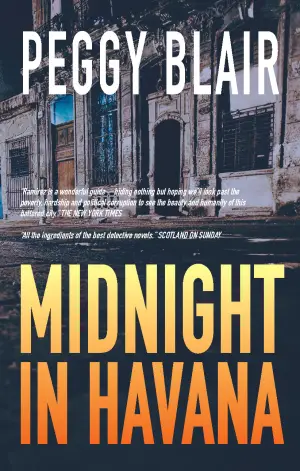Book Review: Boy, Everywhere by A.M. Dassu
The moment I picked up Boy, Everywhere, I felt an undeniable pull toward its narrative. A.M. Dassu’s poignant storytelling caught my attention, not just by its subject matter but also by the promise of rich, emotional discovery through the eyes of a young boy navigating unimaginable challenges. As an ardent believer that every narrative has the power to transform our understanding of the world, I was eager to dive into Sami’s life and see how it unfolded against the backdrop of Syria’s turmoil.
At its heart, Boy, Everywhere is about more than just the refugee experience; it intricately weaves the story of a 13-year-old boy named Sami, who is living a comfortable life in Damascus, complete with soccer dreams and the latest tech gadgets. This initial portrayal of his life serves as a powerful contrast to the hardships that follow. Dassu’s thoughtful writing frequently recalls this dichotomy, reminding readers of the delicate thread that can unravel even the most privileged lives. Amidst the everyday joys of childhood—like trying to make the soccer team and bonding with friends—Sami’s world is abruptly shattered by the impending civil war, a violent intrusion that feels utterly surreal and terrifying.
As Sami’s family is thrust into a dire and desperate journey, the book becomes an evocative exploration of fear, trauma, and resilience. The pacing is masterfully crafted, building tension as the family navigates through perilous waters, metaphorically and literally. Dassu pulls no punches in illustrating the fear and chaos of Sami’s experiences—from being crowded into smuggler’s dens to the haunting silence of his sister, Sara, after a tragic event. Each scene is palpable, steeped in emotion, leaving readers empathetic to Sami’s plight.
What struck me was how the narrative transcends typical tropes often associated with refugee stories. Rather than solely focusing on the horrors of escape, it shines a light on the complexities of life before and after fleeing. For instance, Sami’s friendships—particularly with Aadam, a boy he meets during their journey—highlight kindness amid adversity, reminding us that humanity often emerges in the darkest moments. There’s an honesty in how the characters interact, showcasing not only their struggles but also their enduring strengths.
One memorable aspect is Dassu’s depiction of cultural nuances, such as Sami’s friendship with a Christian boy in Syria. These relationships are presented simply yet powerfully, reinforcing that in the face of conflict, the shared experience of being young binds us all. It sets the stage for rich discussions about identity, belonging, and the shared humanity that transcends borders.
Though Boy, Everywhere echoes themes found in other stories of young refugees, including a few nods to Shooting Kabul, it undeniably carves out its own distinctive space. The nuanced portrayal of Sami’s struggles and the realistic depiction of life in England as a refugee add layers to this narrative. Dassu portrays the struggle not just as a leap to something better but rather as a complex adjustment with its own set of challenges—making it a relatable read even for those who have never faced such dire circumstances.
Ultimately, I believe Boy, Everywhere is a vital read for middle schoolers and beyond. It acts as both a window and a mirror—a lens through which young readers can explore divergent experiences while reflecting on their own privileges. The discussions it inspires, especially around empathy and understanding, are invaluable. Moreover, I found that reading this book not only expanded my worldview but also deepened my appreciation for stories like Sami’s—a potent reminder that anyone, anywhere, can become a “boy, everywhere.”
If you’re looking for a book that stirs the heart, ignites discussions, and challenges perspectives, Boy, Everywhere should definitely catch your attention. Prepare to be moved—this story lingers long after the last page is turned.












